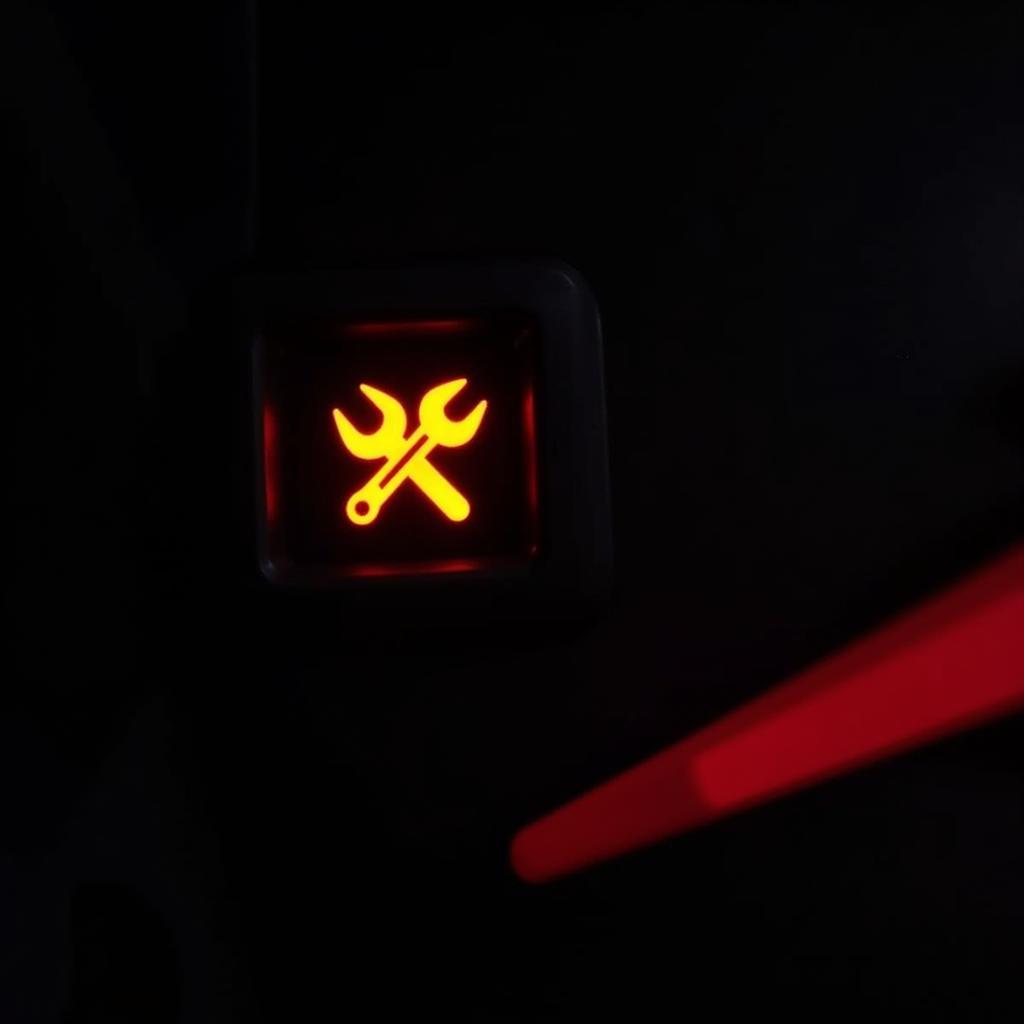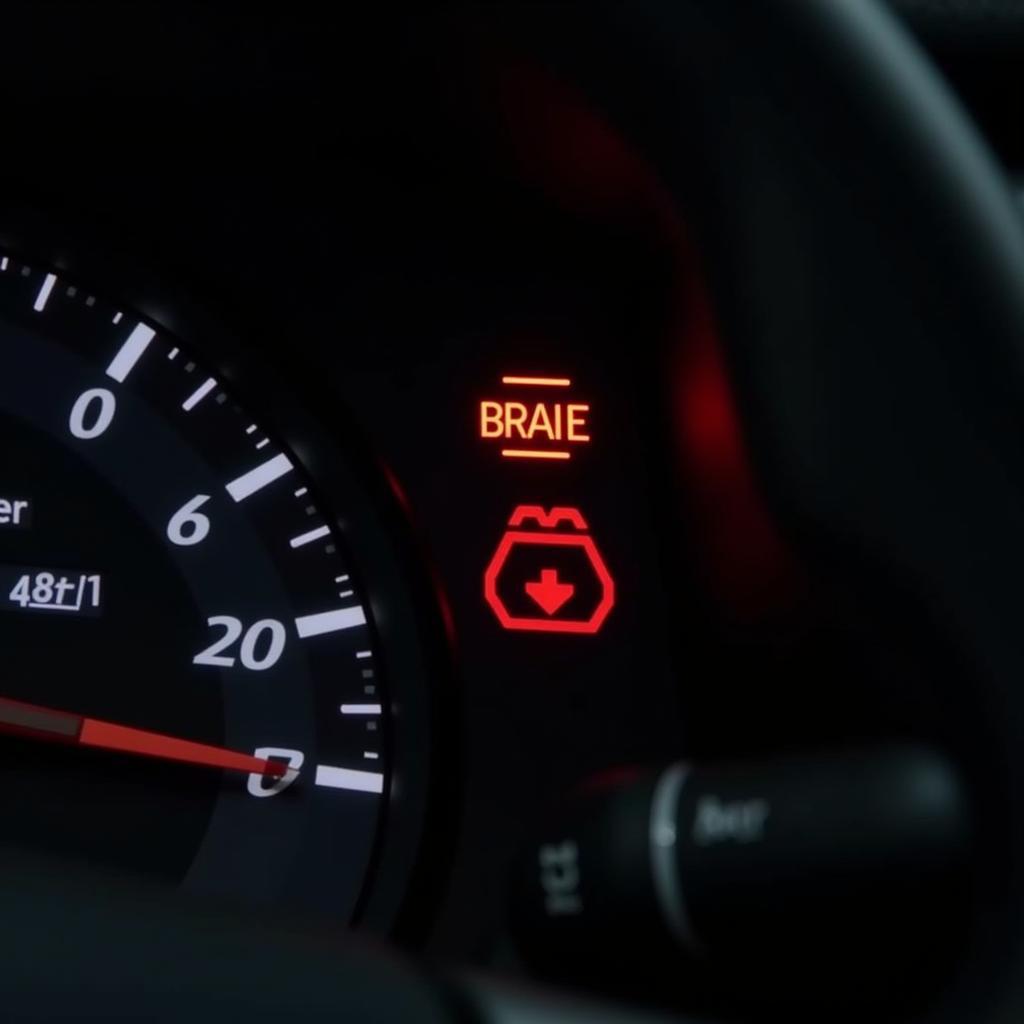The “check back seat” warning is a common feature in many vehicles designed to remind drivers to check their rear seats before exiting the car, especially when transporting children. However, this warning can become annoying if you frequently use the rear seats for purposes other than transporting children, like carrying luggage or equipment. If you find yourself constantly dealing with this warning, you might be looking for a way to disable it. This guide will explain the common methods for disabling this warning, along with tips on how to safely manage the potential risks associated with disabling the feature.
Understanding the Back Seat Warning System
The back seat warning system operates through various methods, typically using sensors placed in the back seats, weight detection mechanisms, or a combination of both. When a weight exceeding a certain threshold is detected in the back seats, the warning system activates, usually in the form of a chime or visual alert. While the system is designed to enhance safety, there are legitimate reasons why you might want to disable it, such as:
- Frequent Cargo Transportation: If you regularly use the back seats for carrying luggage, tools, or other non-human cargo, the warning system can become a constant nuisance.
- Occupancy Fluctuation: For vehicles used by a large family or shared with multiple users, the warning system can trigger needlessly due to varying passenger occupancy levels.
- Vehicle Modifications: Some vehicles have specific modifications that might interfere with the sensor mechanisms, leading to false warnings.
Methods for Disabling the Check Back Seat Warning
Disabling the check back seat warning can be done in a few ways, depending on your vehicle’s make, model, and year. Here’s a breakdown of the common approaches:
1. Using the Vehicle’s Built-in Settings:
- Through the Infotainment System: Many modern vehicles offer options to disable the check back seat warning through the touchscreen infotainment system. Navigate to the vehicle settings menu, look for a “Safety,” “Driver Assistance,” or similar option, and you might find a setting dedicated to the back seat warning system.
- Through the Driver Information Center (DIC): Some vehicles allow access to various settings through the driver information center, which is usually displayed on the instrument cluster. Check your vehicle’s manual or look for buttons or menus related to safety or warning systems.
2. Using a Diagnostic Tool:
- OBD-II Scanners: These are commonly available tools that allow you to read and clear trouble codes in your car. Some OBD-II scanners with advanced features can also access and modify vehicle settings, potentially including disabling the check back seat warning.
- Professional Automotive Scanners: Professional mechanics and technicians use more advanced scanners that can access a broader range of vehicle settings. If you’re unsure how to approach disabling the warning system yourself, a qualified mechanic can provide assistance.
3. Manual Adjustments (Limited Options):
- Physical Sensor Disablement: In some older vehicles, the back seat warning system might rely on physical sensors like pressure pads. It might be possible to disconnect or disable these sensors manually. However, it’s important to note that this approach can be risky and may void your warranty.
Important Considerations Before Disabling the Warning
Before proceeding with disabling the check back seat warning, it’s critical to understand the potential risks and implications:
- Safety Concerns: The check back seat warning is designed to promote safety, especially for children. Disabling it can increase the chances of accidentally leaving a child unattended in the car, which can have serious consequences.
- Legal Ramifications: In some jurisdictions, leaving a child unattended in a vehicle can be considered child endangerment, leading to legal consequences.
- Vehicle Warranty: Attempting to disable the system through unauthorized methods could void your vehicle’s warranty.
Alternatives to Disabling the Warning
Instead of permanently disabling the check back seat warning, consider these alternatives:
- Visual Reminders: Place a visual reminder in your vehicle, like a sticker on the dashboard or a small sign on the rearview mirror, to remind you to check the back seats.
- Habitual Checks: Develop a habit of checking the back seats every time you exit your vehicle, regardless of whether the warning is activated.
- “Child in Car” Sign: Use a “Child in Car” sign, which can serve as a visual cue for other drivers to be mindful of the presence of children in the vehicle.
Expert Insight: A Word From [Expert Name], Automotive Safety Specialist
“[Quote about the importance of safety and the potential consequences of disabling the check back seat warning.]”
“[Quote about responsible practices and the need for parents to remain vigilant even after disabling the warning.]”
“[Quote about alternative approaches to managing the warning and ensuring the safety of children.]”
Conclusion
Disabling the check back seat warning can be tempting, but it’s crucial to weigh the potential risks against the convenience. If you do decide to disable the warning, ensure you do so using safe and authorized methods. Remember, the primary responsibility of a driver is the safety of all passengers, especially children. Take necessary precautions, use alternative reminder systems, and prioritize the well-being of everyone in your vehicle.
FAQ:
- Is it illegal to disable the check back seat warning? It’s not generally illegal to disable the warning system. However, leaving a child unattended in a vehicle can be considered child endangerment, regardless of whether the warning system is activated.
- What are the consequences of disabling the warning system? Disabling the warning system might lead to missing a crucial reminder, increasing the risk of forgetting a child in the back seat. It might also void your vehicle’s warranty if done through unauthorized methods.
- Is there a universal way to disable the check back seat warning? No, there’s no single universal method. The process can vary depending on your vehicle’s make, model, and year.
- How can I prevent false warnings from the check back seat warning system? Regularly check your vehicle’s manual for instructions on how to adjust sensitivity or calibrate the sensors for the system.
- Can I disable the check back seat warning if I don’t have children? While the warning system is designed for child safety, it can be disabled if it’s inconvenient for you. However, always practice responsible habits, like checking the back seats before exiting the vehicle.


